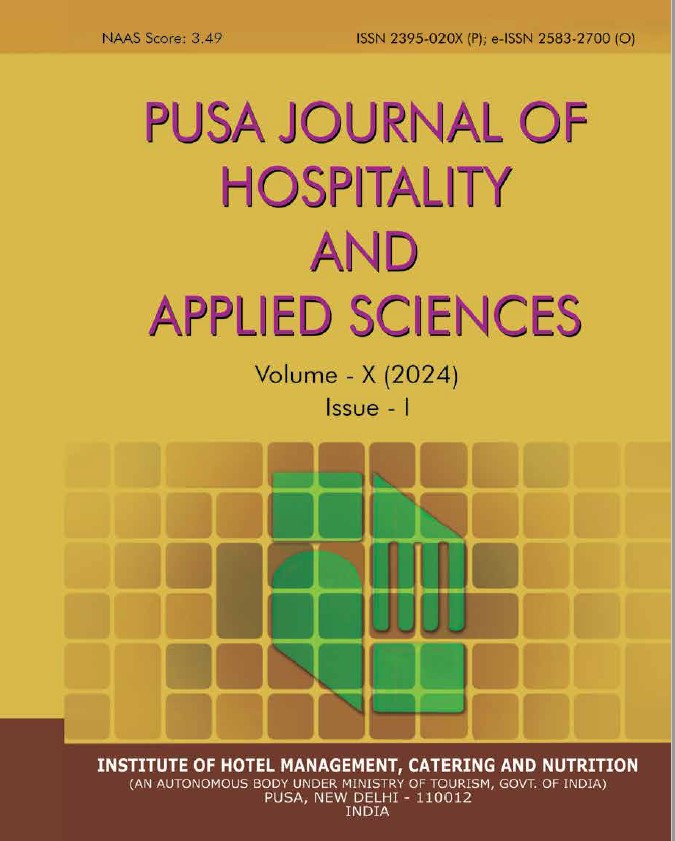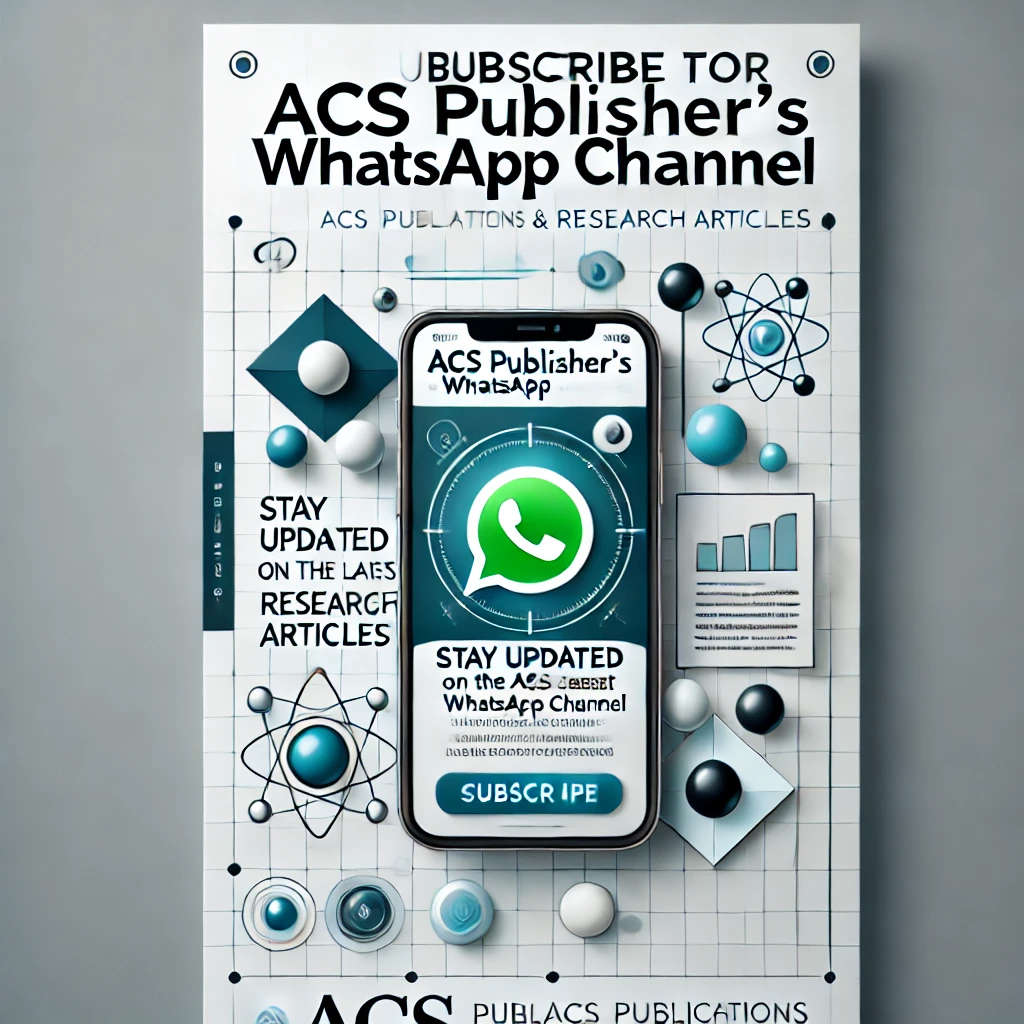Examine the Role of Short Video Platforms on Tourist’s Attitude: A Technology Acceptance Model (TAM) Approach
DOI:
https://doi.org/10.48165/pjhas.2025.11.1.2Keywords:
Social media influencers, SVP, tourist’s attitude towards SVPs, destination choiceAbstract
Background: In spite of the fact that Short Video Platforms (SVPs) are becoming more popular in the tourism industry, however scarce literature on SVP influence tourists’ attitude towards various SVPs is available. This study has used Technology Acceptance Model (TAM) to comprehend the tourist’s attitude towards SVPs. Objectives: The study objectives were twofold: First, to explore factors influencing tourist’s attitude towards SVP’s. Second, examining the impact of antecedents on tourist’s attitude towards SVP’s. Methodology: Exploratory research design was used in this study on 331 samples in Varanasi with a sample size of 331, purposive sampling technique was incorporated. Exploratory Factor Analysis (EFA) and multiple regressions were used to identify the factors and their relative strengths towards tourists’ attitude with respect to short video platforms (SVPs). SPSS software was used in analysing data. Results: Findings of the study revealed that perceived enjoyment is the strongest predictor of tourist’s attitude towards SVPs and perceived usefulness is the weakest one. The results suggested coefficient of determination (R2) of 0.422 that 42.20% of the variance in the dependent variable (Tourists Attitude towards Short Video Platforms) can be accounted for by the independent variables, namely perceived usefulness, perceived ease of use and perceived pleasure. Conclusion: The use of Social Media Influencers (SMIs) who demonstrate competence and the presentation of films that are both fun and user-friendly on SVPs should be the primary emphasis of Destination Marketing Organizations (DMOs) and tourist marketers for the promotion of their respective destinations.References
Al-Maroof, R. A. S., & Al-Emran, M. (2018). Students’ acceptance of google classroom: An exploratory study using PLS-SEM approach. International Journal of Emerging Technologies in Learning, 13(6), 112–123. https://doi.org/10.3991/ijet.v13i06.8275
Alqatan, S., Maizura, N., Noor, M., Man, M., & Mohemad, R. (2017). Information Technology, in 2000 from University Putra Malaysia. He obtained his degree and Diploma in Computer Sciences. In Int. J. Business Information Systems, 26(1).
Awa, H. O., Ojiabo, O. U., & Emecheta, B. C. (2015). Integrating TAM, TPB and TOE frameworks and expanding their characteristic constructs for e-commerce adoption by SMEs. Journal of Science and Technology Policy Management, 6(1), 76–94. https:// doi.org/10.1108/JSTPM-04-2014-0012
Ayeh, J. K. (2015). Travellers’ acceptance of consumer generated media: An integrated model of technology acceptance and source credibility theories. Computers in Human Behavior, 48, 173–180. https://doi.org/10.1016/j. chb.2014.12.049
Barry, M., & Tahir Jan, M. (2018). Factors influencing the use of m-commerce: An extended technology acceptance model perspective. International Journal of Economics, Management and Accounting, 26(1), 157–183.
Bian, R., & Zhu, M. (2020). The Relationship between Ritual, Personal Involvement and Travel Intention: A Study of Check-in-Travel on DouYin. American Journal of Industrial and Business Management, 10(02), 451–
467. https://doi.org/10.4236/ajibm.2020.102030
Cavana, R., Delahaye, B., & Sekeran, U. (2001). Applied business research: Qualitative and quantitative methods. John Wiley & Sons.
C.C, S., & Prathap, S. K. (2020). Continuance adoption of mobile-based payments in Covid-19 context: an integrated framework of health belief model and expectation confirmation model. International Journal of Pervasive Computing and Communications, 16(4), 351–369. https://doi.org/10.1108/IJPCC-06-2020-0069
Cheng, X., Su, X., Yang, B., Zarifis, A., & Mou, J. (2023). Understanding users’ negative emotions and continuous usage intention in short video platforms. Electronic Commerce Research and Applications, 58, 101244.
Choi, Y., Wen, H., Chen, M., & Yang, F. (2021). Sustainable determinants influencing habit formation among mobile short-video platform users. Sustainability, 13(6), 3216.
Chu, S. C., Deng, T., & Cheng, H. (2020). The role of social media advertising in hospitality, tourism and travel: a literature review and research agenda. International Journal of Contemporary Hospitality Management, 32(11), 3419–3438. https://doi.org/10.1108/ IJCHM-05-2020-0480
Chung, N., Han, H., & Joun, Y. (2015). Tourists’ intention to visit a destination: The role of augmented reality (AR) application for a heritage site. Computers in Human Behavior, 50, 588–599. https://doi.org/10.1016/j.
chb.2015.02.068
Davis, F. D. & Davis, F. (1989). Perceived Usefulness, Perceived Ease of Use and User Acceptance of Information Technology. MIS Quarterly, 13(3), 319– 340.
Du, X., Liechty, T., Santos, C. A., & Park, J. (2022). ‘I want to record and share my wonderful journey’: Chinese Millennials’ production and sharing of short-form travel videos on TikTok or Douyin. Current Issues in Tourism, 25(21), 3412–3424. https://doi.org/10.1080/13683500.2
020.1810212
Idris, A., Edwards, H., & McDonald, S. (2017). Ecommerce adoption in Developing Countries SMEs: What Do the Prevailing Theoretical Models Offer Us? 4th International Conference on E-Commerce, 21–28.
Jia, Y., Zheng, K., Liu, X., & Guo, X. (2025). How short video platforms retain customers: focusing on the roles of user stickiness and flow experience. Asia Pacific Journal of Marketing and Logistics.
Kala Kamdjoug, J. R., Djuitchou Chengo, S. M., & Gueyie, J. P. (2021). Factors affecting the adoption of information technologies by small woman-managed enterprises in Cameroon. Journal of Small Business and Entrepreneurship, 33(4), 433–451. https://doi.org/10.10
80/08276331.2020.1716134
Karim, W., Haque, A., Ulfy, M. A., Hossain, A., & Anis, Z. (2020). Factors Influencing the Use of E-wallet as a Payment Method among Malaysian Young Adults. JIBM) Journal of International Business and Management, 3(2), 1–12. https://doi.org/10.37227/jibm-2020-2-21
Lee, W., Xiong, L., & Hu, C. (2012). The effect of Facebook users’ arousal and valence on intention to go to the festival: Applying an extension of the technology acceptance model. International Journal of Hospitality Management, 31(3), 819–827. https://doi.org/10.1016/j.
ijhm.2011.09.018
Li, Y., & Hayes, S. (2023). Comparing the Influences of Tourism Live Streaming and Short-Form Video for Young Chinese: A Qualitative Investigation. Journal of China Tourism Research, 20(1), 167–191.
Liao, S. S., Lin, C. Y., Chuang, Y. J., & Xie, X. Z. (2020). The role of social capital for short-video platform users’ travel intentions: SEM and fsqca findings. Sustainability (Switzerland), 12(9). https://doi.org/10.3390/
su12093871
Matemba, E. D., & Li, G. (2018). Consumers’ willingness to adopt and use WeChat wallet: An empirical study in South Africa. Technology in Society, 53, 55–68. https:// doi.org/10.1016/j.techsoc.2017.12.001
Qiu, L., Li, X., & Choi, S. H. (2024). Exploring the influence of short video platforms on tourist attitudes and travel intention: A social–technical perspective. Journal of Destination Marketing and Management, 31. https://doi.
org/10.1016/j.jdmm.2023.100826
Singh, S. V. (2018). An Analysis of Tourist Satisfaction in Varanasi as Destination Perspective through Important Performance Analysis. Avahan: A Journal on Hospitality and Tourism, 6 (1), 71-83.
| 18 |
PUSA Journal of Hospitality and Applied Sciences, 2025; 11(1) : 12-19 ISSN 2395-020X (P); e-ISSN 2583-2700 (O)
NAAS Score: 3.49
Van, D. H. H. (2001). Factors Influencing the Usage of Websites: The Case of a Generic Portal in the Netherlands. 14th Bled Electronic Commerce Conference, 174–185.
Venkatesh, V., Speier, C., & Moms, M. G. (2002). User Acceptance Enablers in Individual Decision Making About Technology: Toward an Integrated Model. Decision Sciences, 33(2), 297–316.
Xiang, Y., & Chae, S. W. (2022). Influence of perceived interactivity on continuous use intentions on the danmaku video sharing platform: Belongingness perspective. International Journal of Human–Computer Interaction, 38(6), 573-593.
Xu, J., Qiao, G., & Hou, S. (2022). Exploring factors influencing travel information-seeking intention on short video platforms. Current Issues in Tourism, 26(24), 3985–4000.
Xu, J., Qiao, G., & Hou, S. (2023). Exploring factors influencing travel information-seeking intention on short video platforms. Current Issues in Tourism, 26(24), 3985-4000.
Xu, J., Ismail, A. B., & Jamal, J. B. (2025). The impact of mobile short video platform characteristics on users’ continuous use behavior in China: A stimulus-organism response perspective. Multidisciplinary Science Journal, 7(1), 2025019-2025019.
Yang, M., Al Mamun, A., Mohiuddin, M., Nawi, N. C., & Zainol, N. R. (2021). Cashless transactions: A study on intention and adoption of e-wallets. Sustainability (Switzerland), 13(2), 1–18. https://doi.org/10.3390/
su13020831
Yi, M. Y., & Hwang, Y. (2003). Predicting the use of web based information systems: Self-efficacy, enjoyment, learning goal orientation and the technology acceptance model. International Journal of Human Computer Studies, 59(4), 431–449. https://doi.org/10.1016/S1071- 5819(03)00114-9
Zhang, X., Wu, Y., & Liu, S. (2019). Exploring short form video application addiction: Socio-technical and attachment perspectives. Telematics and Informatics, 42. https://doi.org/10.1016/j.tele.2019.101243
Zhang, Y., Ahmad, A., Azman, N., & Mingxia, W. (2023). The effect of perceived usefulness, perceived ease of use and social influence toward purchase intention mediated by trust in live streaming platform. Journal of Law and Sustainable Development, 11(9), e1284-e1284.
Zhou, Q., Sotiriadis, M., & Shen, S. (2023). Using TikTok in tourism destination choice: A young Chinese tourists’ perspective. Tourism Management Perspectives, 46. https://doi.org/10.1016/j.tmp.2023.101101




